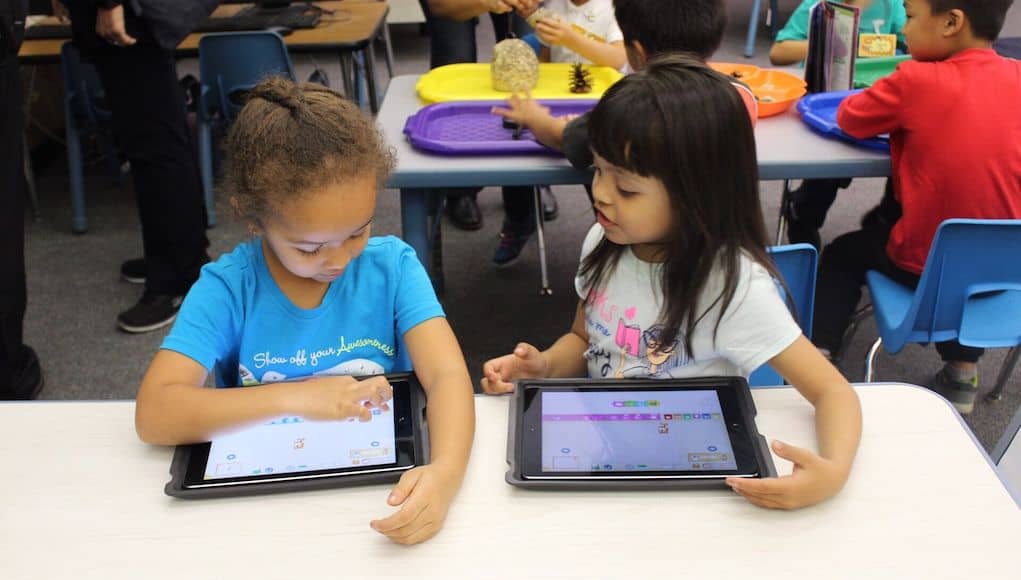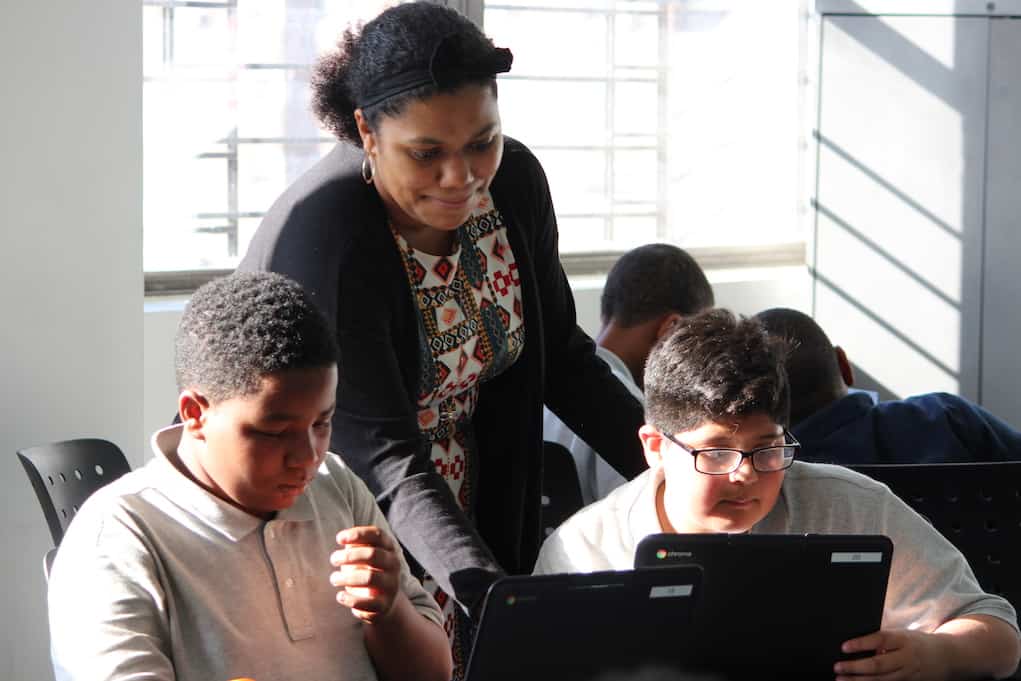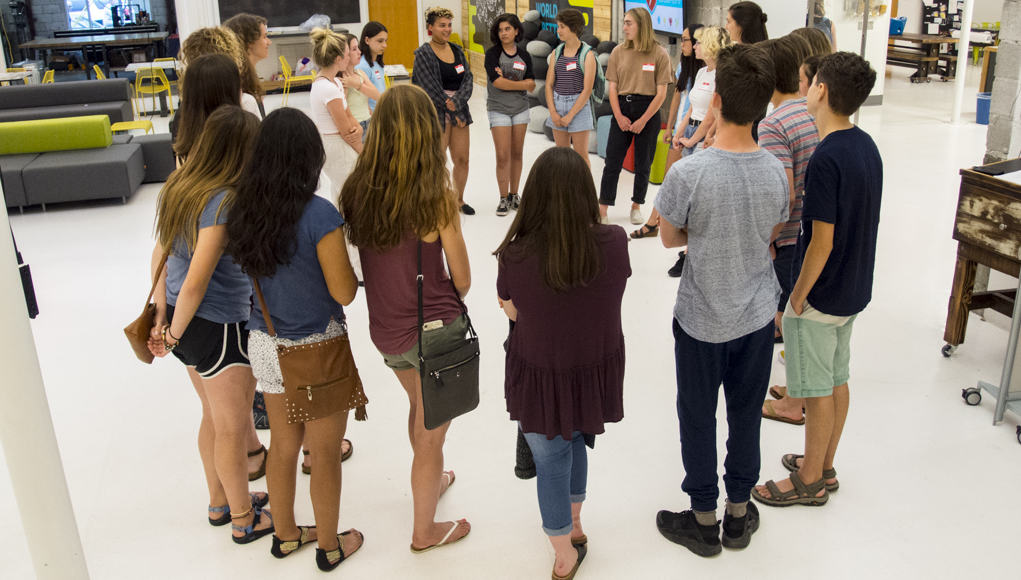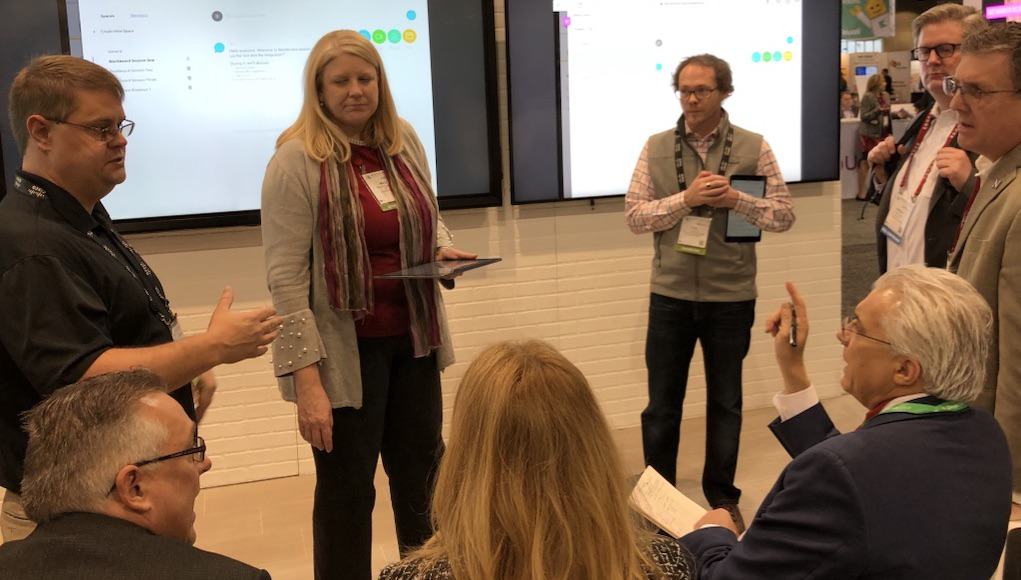Data Science
Driving Innovation: Accelerators
By: Norton Gusky. Norton shares more about The CoSN K-12 Driving Innovation Series with three reports - Hurdles, Accelerators, and Tech Enablers.
ISTE Releases A Practical Guide for Educators on Buying Edtech
ISTE along with Project Unicorn have released Better Edtech Buying for Educators: A Practical Guide to better inform educators purchasing decisions.
To Prepare Millennials for the Workplace Add Data Literacy to Mainstream Curriculum
By: Jordan Morrow. Companies need a workforce that knows how to input data, generate better insights, and feel empowered to use data.
Active Learning, Data-Informed Decisions and Security Headline Educause
Tom recently attended the EDUCAUSE Annual Conference where he spoke with Cisco’s Education Advocate, Dr. Lance Ford, about active learning, data-driven supports, and flexible secure learning.
Going Beyond Data: 10 Tips for Building a Culture Around Numbers
Jessica Slusser explains why data-centered cultures work and shares tips on how to build a school culture around numbers.
Three Ongoing Trends in Education Data
Three ideas that continue to gain momentum in the use of education data are interoperability, meta-analysis, and continuous improvement--these shifts can make data usage easier, more widely applicable, and more effective, respectively. Learn more here.
How IMS is Leading on Interoperability and Credentialing
Plumbing--you don’t think about it, but can’t imagine life without it. In education, data is now the plumbing, and IMS Global Learning Consortium is the leading standards-setting body. Here, we look at some big announcements from a recent event they hosted.
Making Data Work Together Is the Key to Better Achievement
By: John LaPlante. In the Youngstown City Schools, a high-poverty school district serving about 5,000 students in northeastern Ohio, our students face significant challenges. Making the most of data is helping us face those challenges.
How We Increased Teachers’ Data Use Without Data Overload
By: Debbie Clark and Stephanie Williamson. The problem is not that schools aren’t collecting enough information about student performance. It’s that teachers have too much data. It’s overwhelming for them. They don’t know what data points to focus on—and they don’t have time to be combing through massive amounts of data to figure out what students need.
Data Interoperability: Applying Playground Principles to EdTech
Share. Play nicely together. Get along with others. For most of us, these lessons are imparted at a tender and impressionable age in order to lay the groundwork for our development into successful adults. Why doesn't data work this way?










